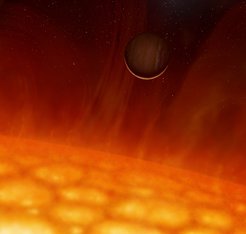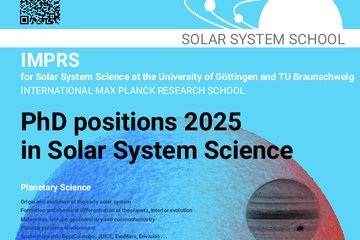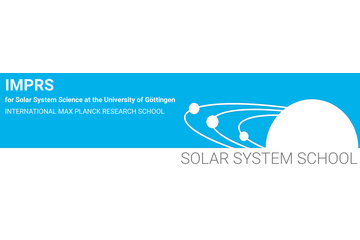The stellar pulsation timing detection method for sub-stellar companions
Establishing a new method to detect extra-solar planets
Humanity has been able to correctly describe the general architecture of our own Solar System for about 400 years, and we are still very busy figuring out its detailed evolution. The number of known extrasolar planetary systems has transitioned from none to over one thousand in the last two decades only. For many more candidate systems, however, it remains a challenge to prove that they actually do exist. This is true, for instance, for the proposed sub-stellar objects in orbit around several of the EXOTIME target stars.
The EXOTIME photometric monitoring program searches for planetary and sub-stellar companions to stars on the extreme horizontal branch using the rapid pulsations in subdwarf B stars (pulsation timing method). From periodic variations in the expected arrival times of the pulsation maxima, we have so far identified three companion candidates: two exoplanet candidates (V391 Peg b and DW Lyn b) and one Brown Dwarf candidate (V1636 Ori b).
The goal of this project is to better establish the stellar pulsation timing detection method by validating these claimed EXOTIME discoveries through
- confirmation of the candidates from comparison of the predicted and observed photometric behaviour, requiring the development of an automated pipeline for the processing of photometric observation;
- statistical tests and estimation of the error budget derived from the application of the pipeline to simulated observations;
- independent radial velocity confirmation using data from our observing programme with ESO's VLT telescope, requiring data reduction, analysis and interpretation of a series of UVES spectra.
The timing method is particularly sensitive to planets at large distances. It is complementary to other exoplanet detection methods, which are not efficient for stars with small radii and high gravities, and therefore opens up a new parameter range in terms of the host stars that can be scanned for planetary systems. In view of future photometric space missions, the corrobation of this method and the development of an automated pipeline to apply it to many sets of observations is therefore essential to enhance the diversity of potential exoplanet host stars that can be probed.













